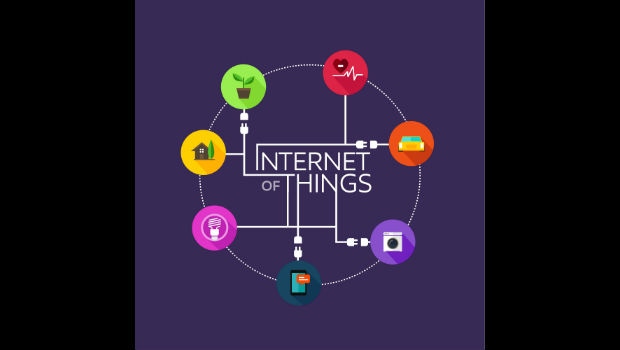There's a need for uniformity, starting with security.
August 4, 2016

 By Kuruvilla Mathew
By Kuruvilla Mathew
Competition for Internet of Things mindshare is growing fierce, with a wide array of component stakeholders around the world jockeying for position. Of course, they are looking to amass influence in what everyone agrees will be a huge market — most realize that they can’t build services by themselves, so they’re creating alliances that fit their common intent and purpose.
Channel partners have a critical role in advising customers which IoT horses to back, not to mention deciding what solutions to sell. You need to have a scorecard.
One major initiative to watch is the IEEE Standards Association, P2413 – Standard for an Architectural Framework for Internet of Things (IoT). The focus of P2413 is to address IoT networking and communication, compliance and dependability, and security. The working draft, released in April, outlines goals to enable cross-domain interaction and platform unification. The IEEE realizes that having such a standard is critical to address security and integration, while hopefully reducing industry fragmentation.
The IEEE’s plan is to create bodies of key stakeholders in the IoT space, and it already has at least 200 participants that cover sectors such as health care, home and building, retail, energy, manufacturing, transportation, logistics and media.
There are also some existing standards that companies have utilized to better develop products and services. Some key ones are the AllSeen Alliance and Alljoyn, Thread, the Open Connectivity Foundation and the Industrial Internet Consortium, which is also partnering with the IEEE. Some of these alliances and consortiums have very specific agendas with clear purpose and intent. The question is, can they unify the community?
The IEEE probably maintains the greatest clout in terms of bringing various stakeholders together to share their perspectives and help build seamless experiences with “things.” However, there’s still the possibility of a fractured IoT standards landscape that will hinder growth. If that risk is not properly addressed, we’ll find ourselves at a troublesome crossroads.
My take is that we must first push for a comprehensive security trust model for IoT. Nothing will derail adoption like a breach that makes the headline news.
The IEEE framework definitely provides the construct to address high-risk areas, given that the intent is to deepen industry engagement through workshops, roundtables and other forums. While the IEEE framework cannot address all risk, there are certain areas that require a deeper dialogue, including:
Monetization of IoT applications: This must be front and center. Customers must be aware of business models, using data harvested from IoT, that will be new and complementary to the strategies they currently have. In particular, newly acquired IoT data often fills in granular detail to enhance existing transactional data. That will open new monetization opportunities.
Complexities surrounding IoT technology: In short, there’s too much. The back-end tech must become invisible for consumers and businesses. However, since there are now various standards, there is a real chance that devices will require different bridges, gateways and hubs. The hardware and the software that manage it all requires a high degree of skill to set up and maintain. All that costs money and time.
The digital experience: The customer experience will have to be center stage, regardless of whether it is consumer, business or industrial IoT. We have seen a number of products enter the market; the ones that do well focus on a seamless consumer experience. The ones that have exited or will soon become irrelevant did not listen enough to their consumers. Today, companies need to make the digital experience seamless as the customer adds in new devices and services.
Fear of the Thing: It has to diminish. In fact, this is similar to when cloud entered the market. Adding sensors, actuators and other useful “things” provides value but also adds security worries because these things need to be connected to a hub, gateway and/or router. Customers and end users need to feel confident that sensitive personal and business information is secured at all times.
A lack of security ground rules: We need a comprehensive security-assurance model that may be applied across verticals in a homogenous manner. As there are varying degrees of sensitivity around devices and the data they gather and protocols in use, naturally the security standards also vary. Still, a security-assurance model will help establish the ground rules among devices, users, service providers and integrators on how each party engages within the ecosystem.
Kuruvilla Mathew is chief innovation officer at Ness Digital Engineering. An enterprise architect by trade, Mat works with solutions, sales and delivery to build leading-edge solutions for Ness’ clients. With a deep working knowledge of architectures and technologies across various stacks and platforms, he leads the company’s efforts in building service offerings that help companies transform in their digital journey.
Read more about:
AgentsAbout the Author(s)
You May Also Like


